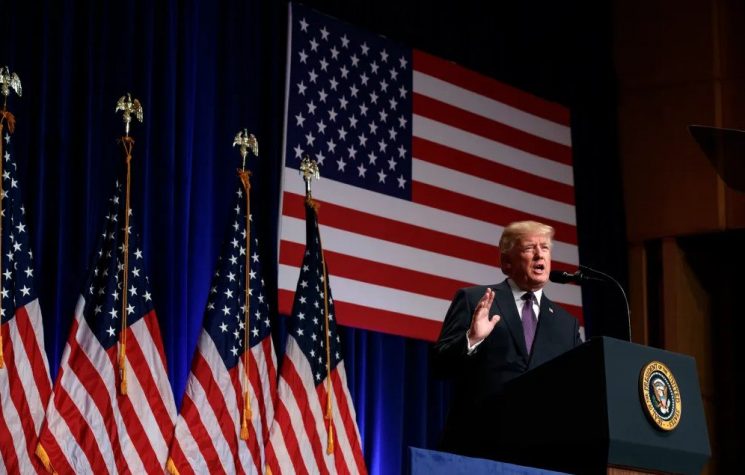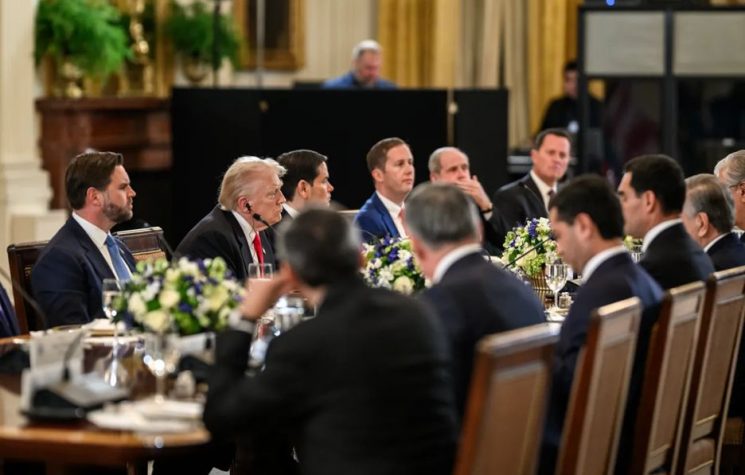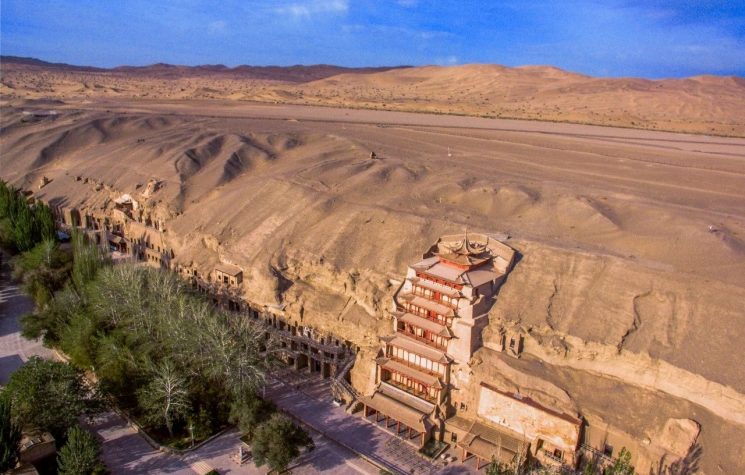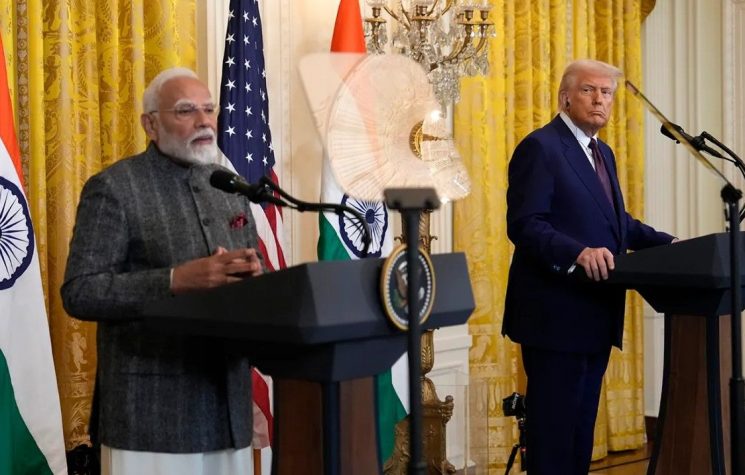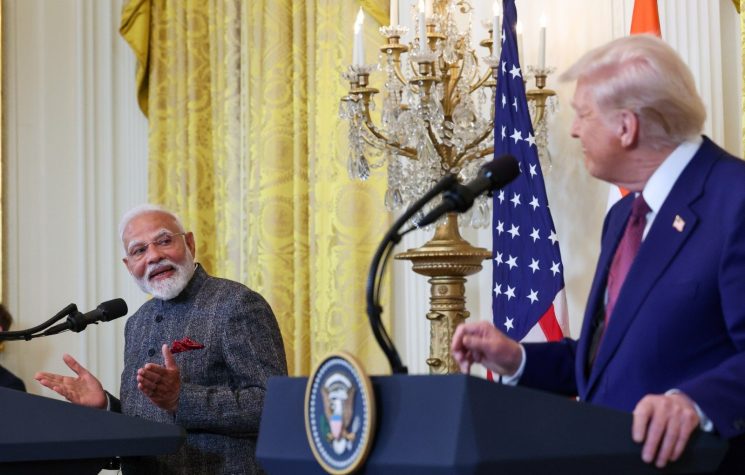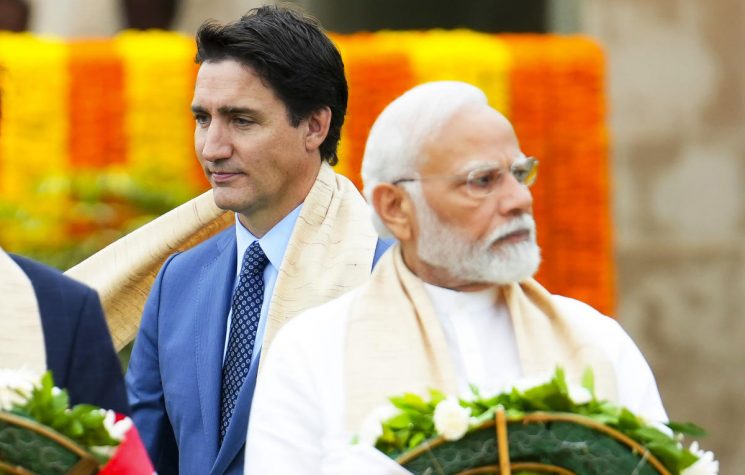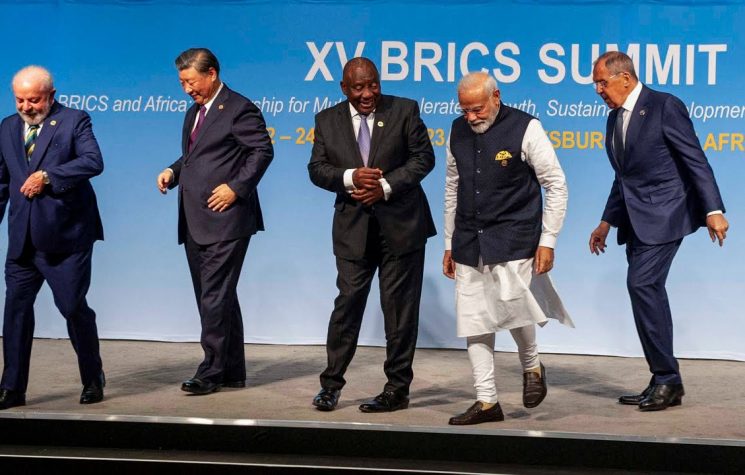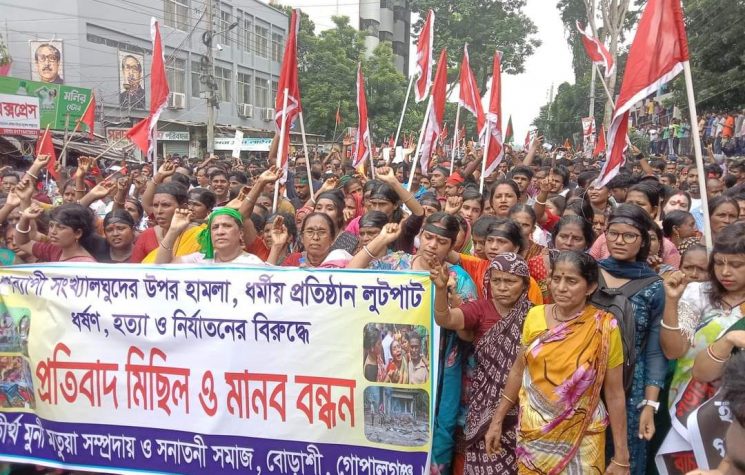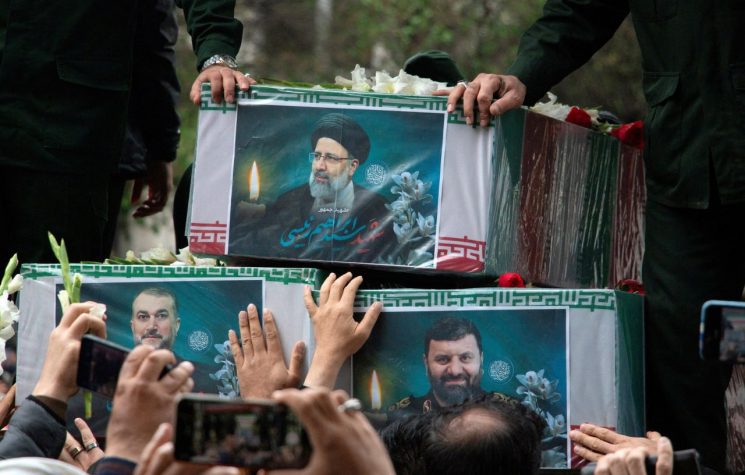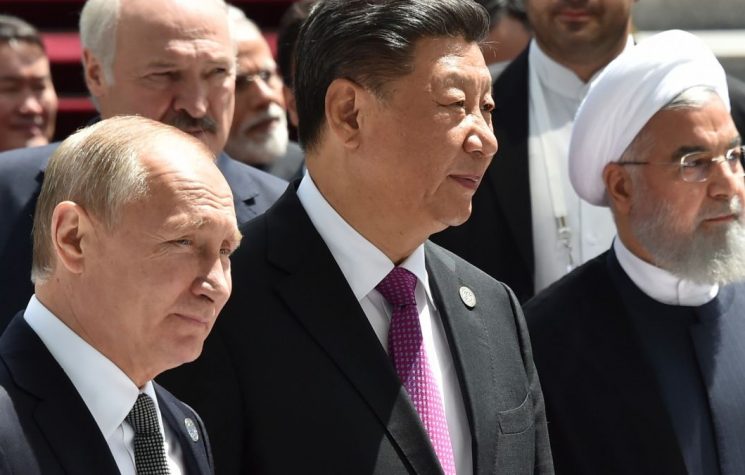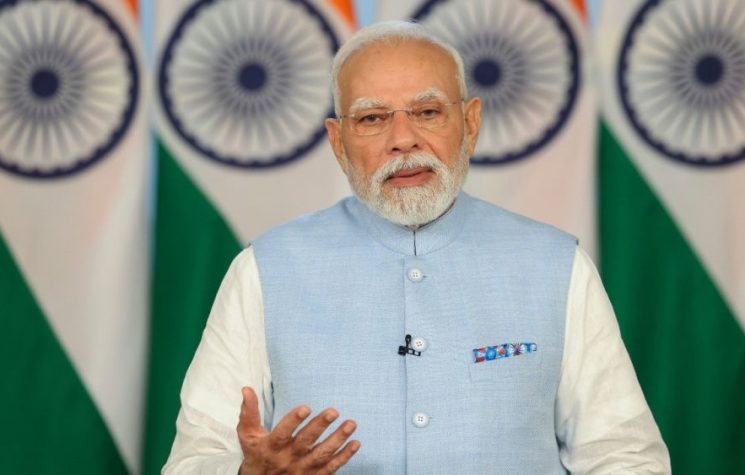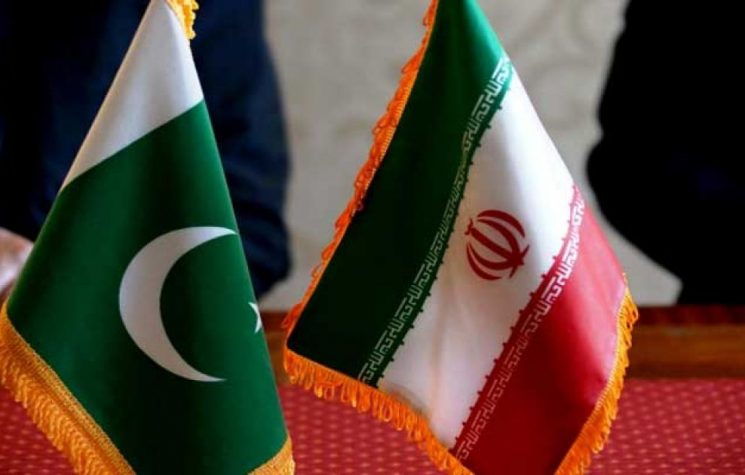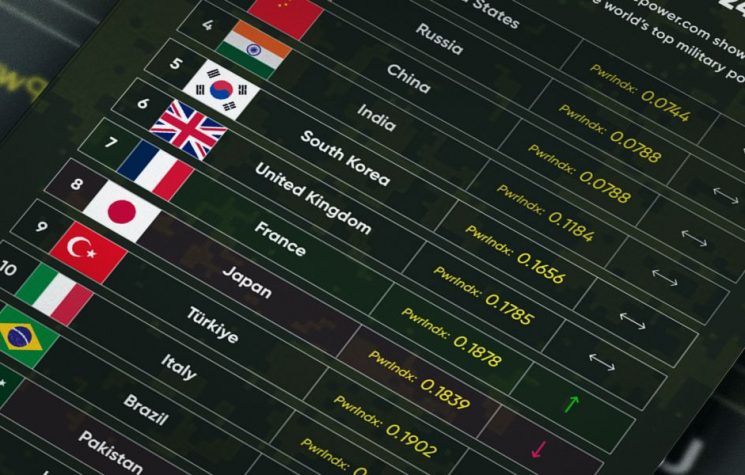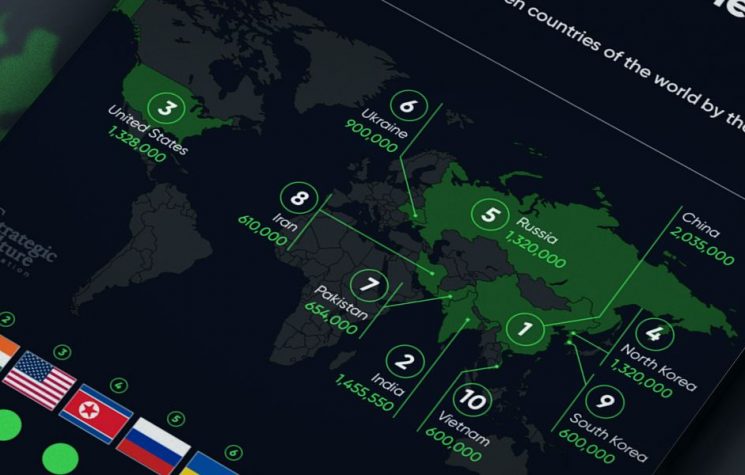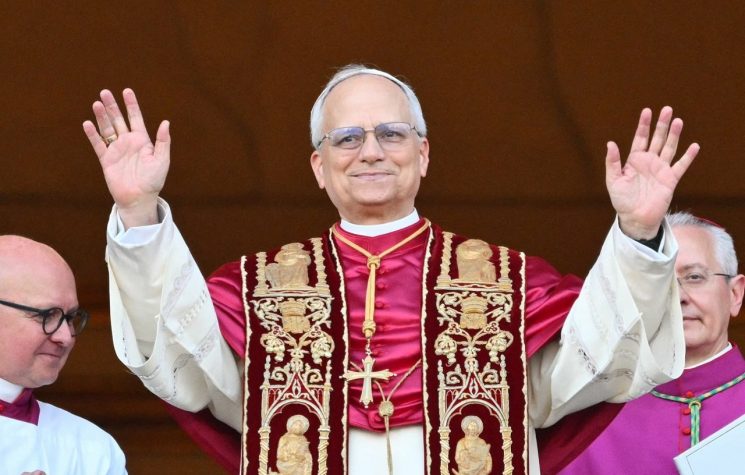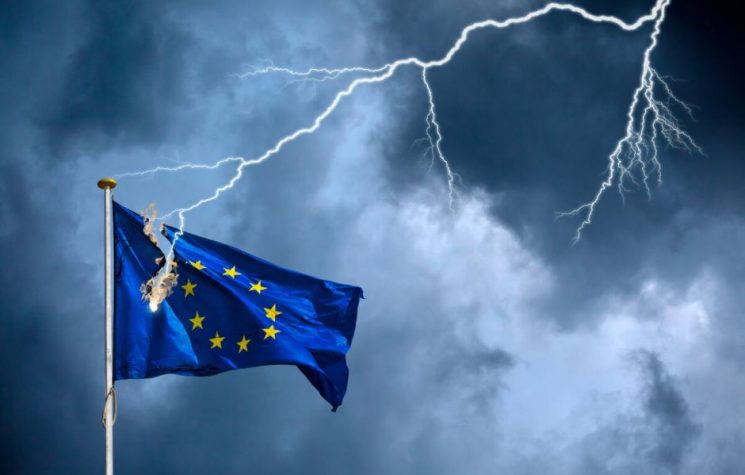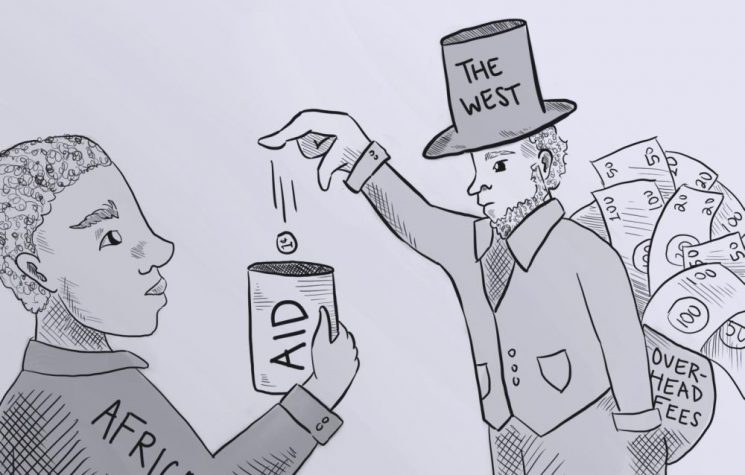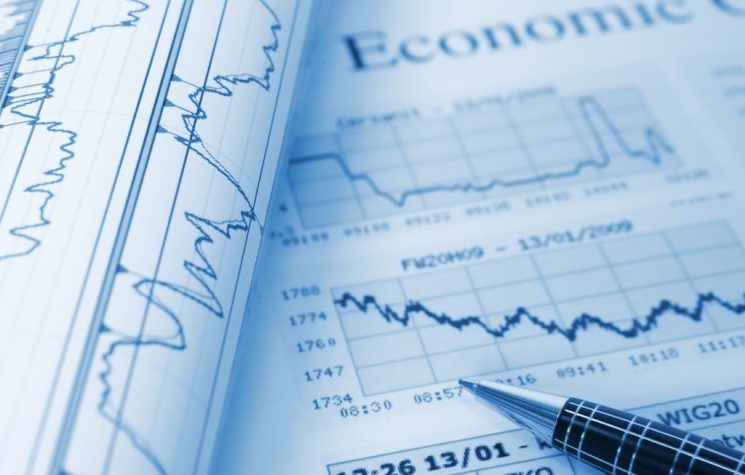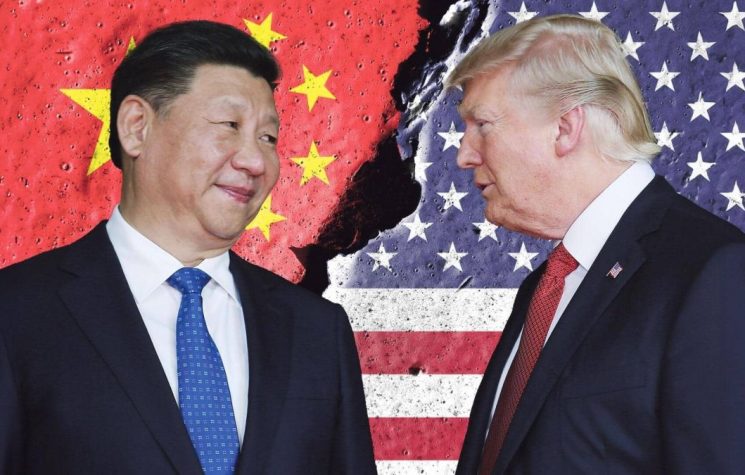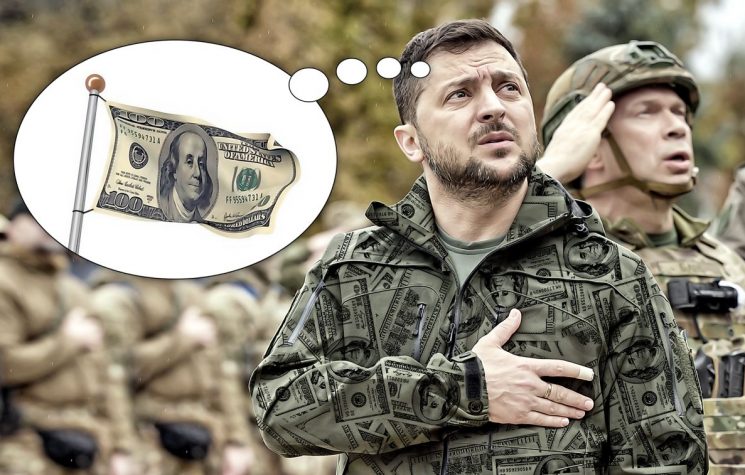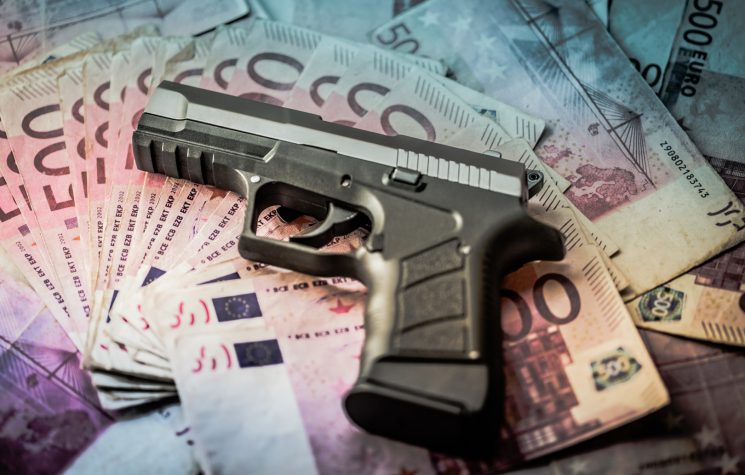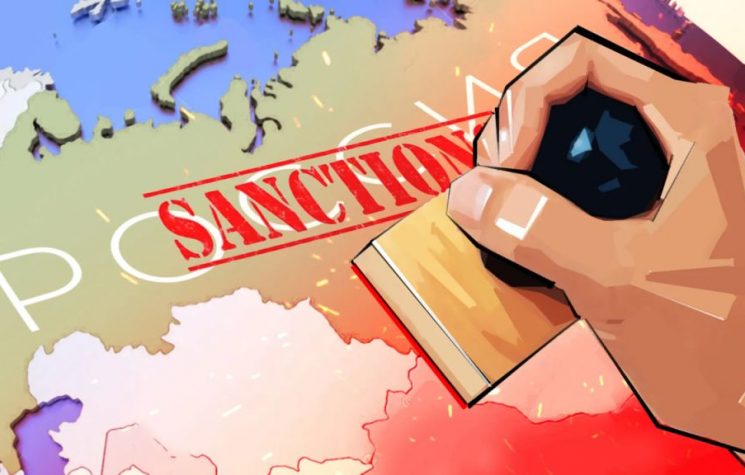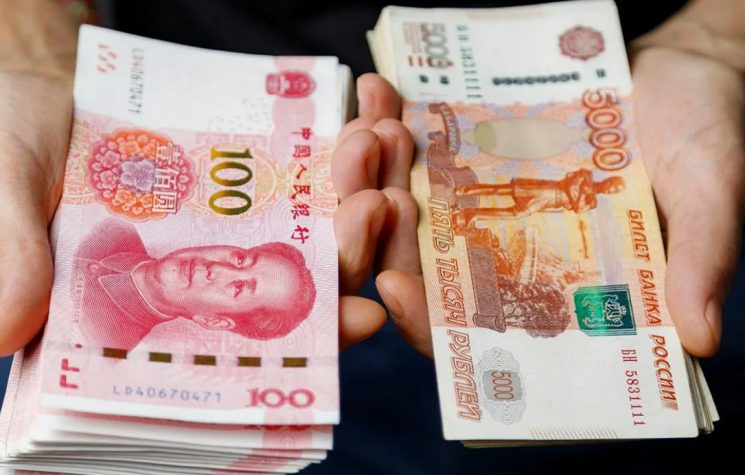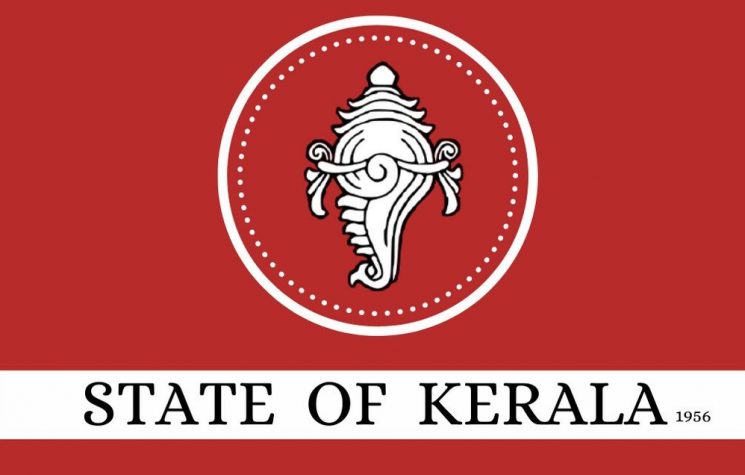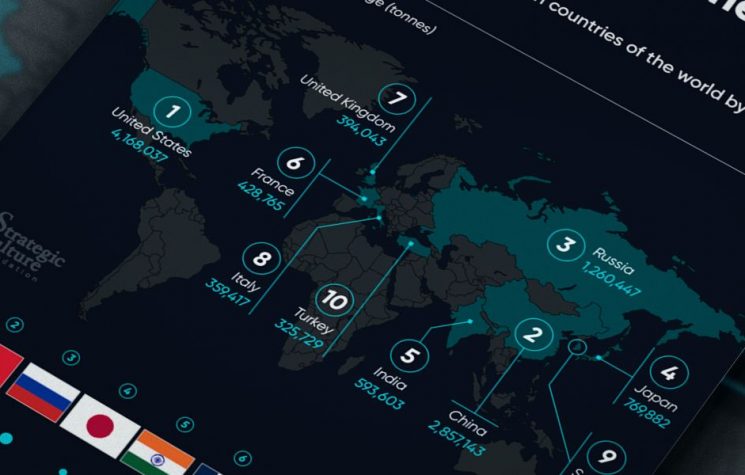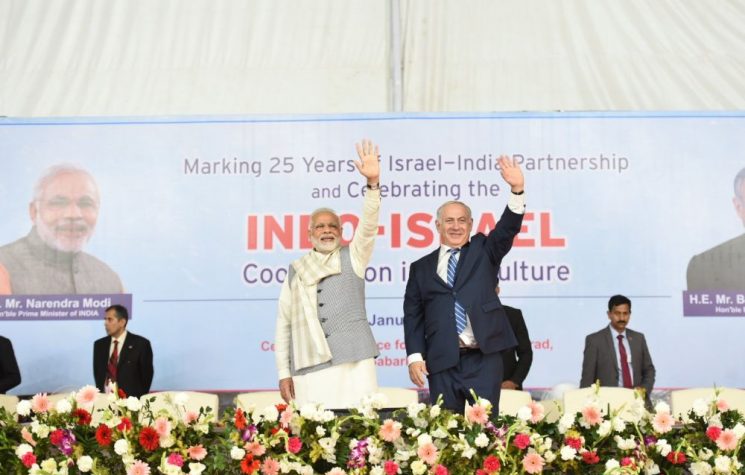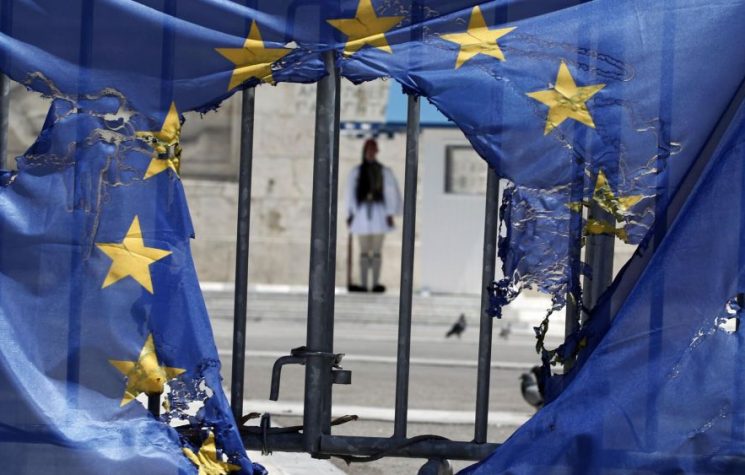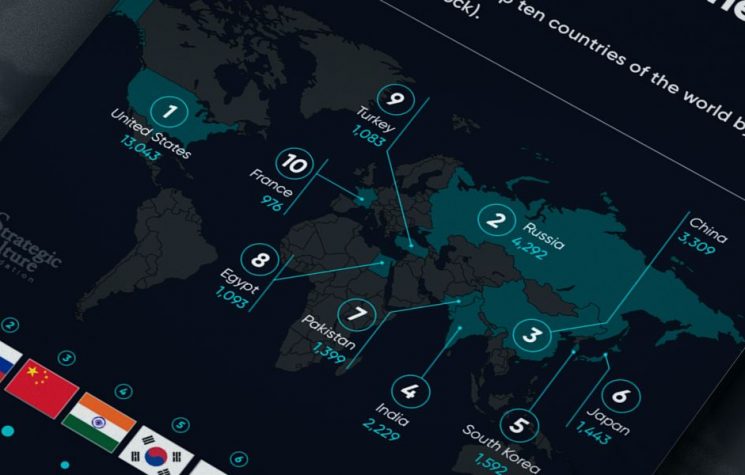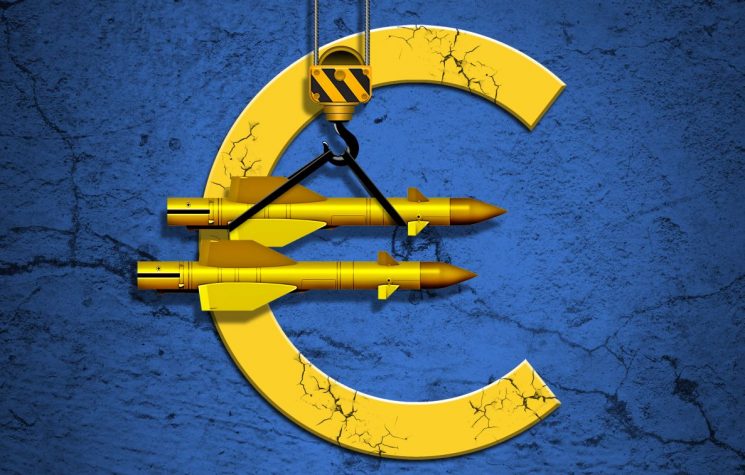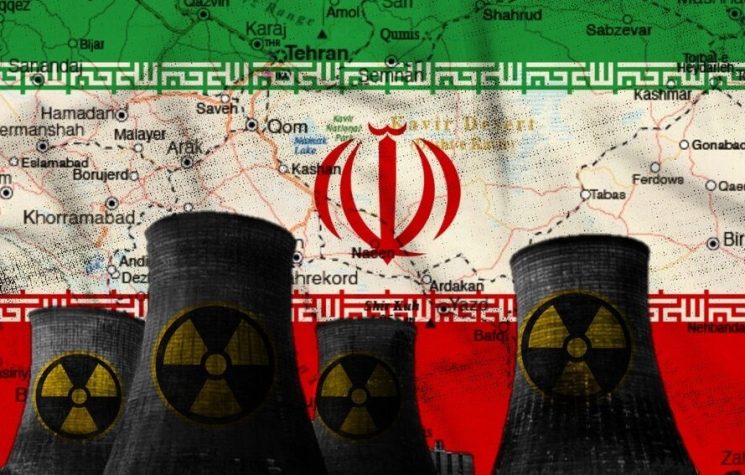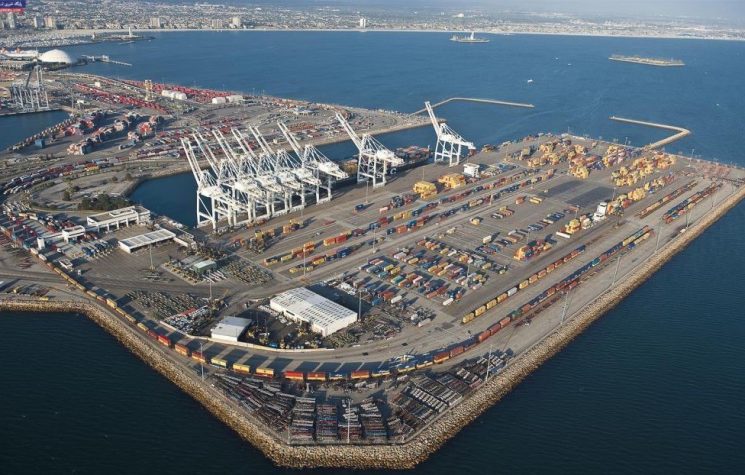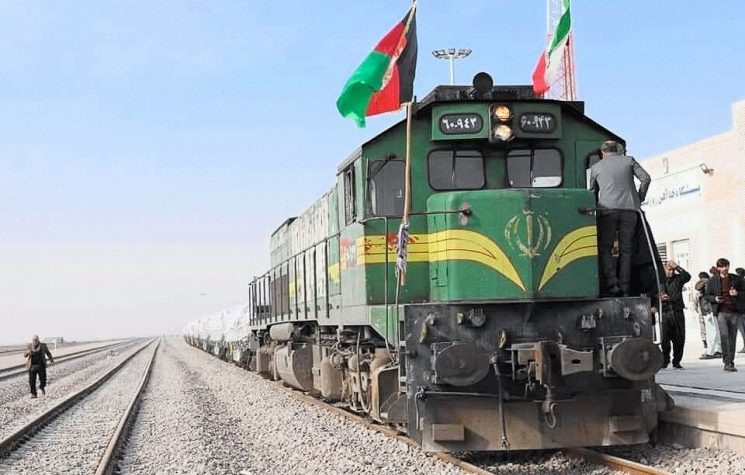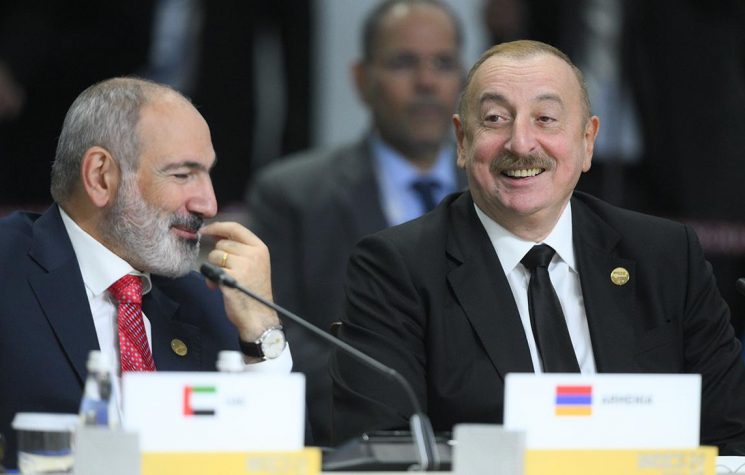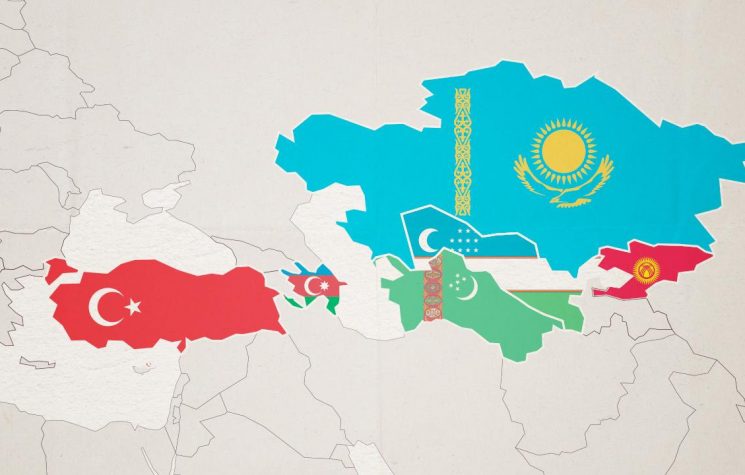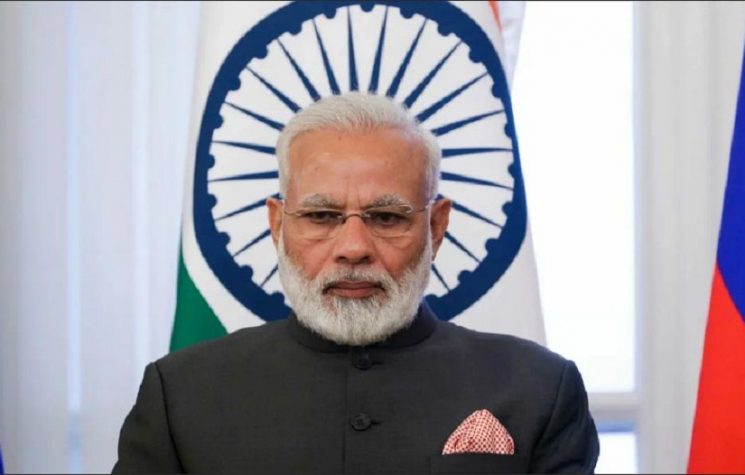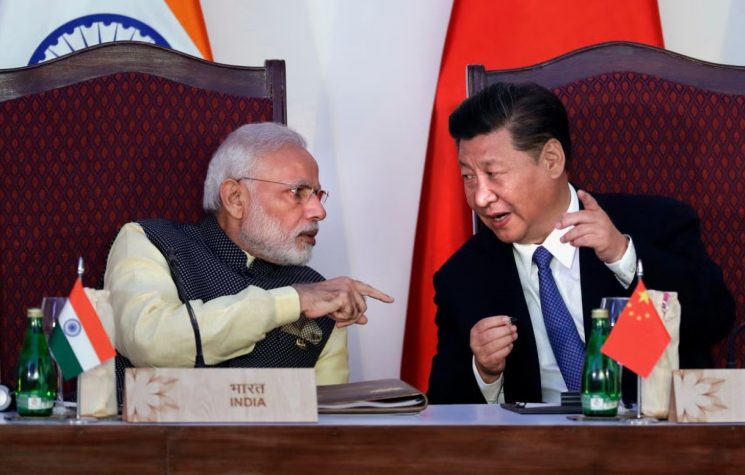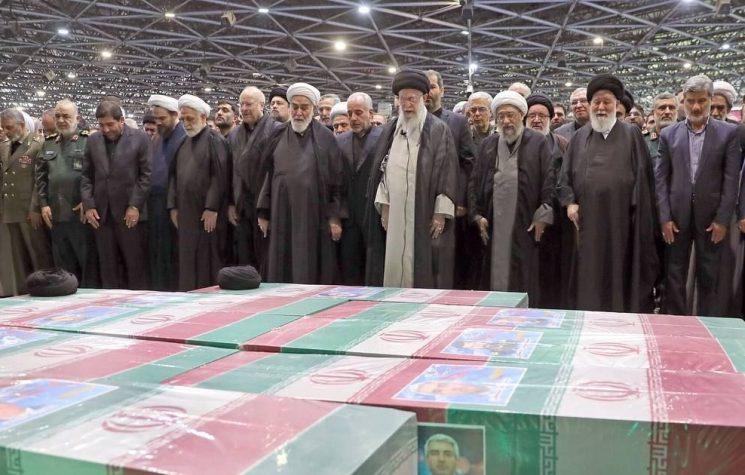The trend toward multipolarity in the world order made a quantum leap in the past one hundred days.
The four-day visit to India by Iran’s Foreign Minister Dr. Hossein Amir-Abdollahian on June 8-11 can be seen as an exploratory attempt by the two countries to reset their relationship, aligning it with the changing times in regional and international politics. New opportunities are arising for both countries. Both New Delhi and Tehran are conscious of the imperative to upgrade their ties.
Aside meetings with his Indian counterpart S. Jaishankar and National Security Advisor Ajit Doval, Amir-Abdollahian was also received by Prime Minister Modi, signifying the high importance Delhi attached to the visit.
Modi has renewed his invitation to Iran’s President Ebrahim Raisi to visit India at an early date. Delhi also sought to host a meeting of the India-Iran Joint Commission to flesh out new avenues of bilateral economic cooperation and develop a road map. Notably, the Indian side proposed the creation of a “strategic committee” to expand the ties in all spheres.
Amir-Abdollahian went ahead with the visit despite the negative atmosphere due to the indiscreet remarks by an official of India’s ruling party, which created quite a stir in some Muslim countries. Tehran showed great understanding of the resilience and maturity of Indian democracy to get over the current turbulence.
India was among only three countries that abstained during the vote on a resolution sponsored by the U.S. and its European allies last Wednesday at the International Atomic Energy Agency in Vienna censuring Iran. This was in marked departure from India’s voting pattern against Iran in 2005, 2006 and 2009 under the previous Congress government. It cannot be lost on Tehran that the present Indian government has strengthened the country’s strategic autonomy, as evident in its refusal to condemn Russia’s special military operation in Ukraine or to impose sanctions and roll back bilateral cooperation, much to the dismay of the Biden Administration.
Curiously, the Western strategy to isolate Russia is prompting Moscow to reboot its ties with India and Iran, which are credited with independent foreign policies. Russia solidly supported Iran in the recent IAEA voting. President Putin had a call with Raisi on the day the voting took place in Vienna, where, according to the Kremlin readout, the two leaders “expressed mutual commitment to a consistent strengthening of ties, including through the implementation of joint projects in the economy and trade… (and) touched upon aspects of ensuring regional stability and security.”
Russia is moving toward greater use of national currencies with Iran and India to conduct its trade and economic transactions. Iran and India and Russia and India have a past history of using local currencies in trade. This matrix may create opportunities for tripartite cooperation such as swap deals. Both Iran and India are seeking free trade agreements with the Eurasian Economic Union.
Russia is robustly pushing for a transit route to India via Iran known as the International North-South Transport Corridor (INSTC). The first pilot shipment on the transit route is on its way, consisting of two containers carrying wood laminate weighing 41 tons sent from St. Petersburg to Astrakhan Port to enter Iran via the Caspian Sea, destined for Nhava Sheva port in Mumbai.
During Amir-Abdollahian’s visit, discussions took place on the INSTC as well as on Chabahar Port in eastern Iran, where India is operating a container terminal. The Indian press release said “the sides agreed that the Chabahar Port has provided much needed sea access to landlocked Afghanistan and has also emerged as a commercial transit hub for the region, including for Central Asia,” and agreed that officials would meet shortly to address “operational aspects” of the project.
The Chabahar Port provides underpinning for India’s trade with Afghanistan and Central Asia. At the Indian-Uzbek foreign ministry level talks last month, the two sides “agreed to exploit the full potential” of Chabahar Port for their bilateral trade. Iran hopes India will invest in the construction of a 600-km long railway line connecting Herat in western Afghanistan bordering Iran with Heiraton/Termez on the Afghan-Uzbek border.
Now that India’s diplomatic engagement with the Taliban government in Kabul has begun, Delhi is expected to resume its development assistance programme in Afghanistan. India has decoupled from the U.S. and its NATO allies to recalibrate its Afghan policy to harmonise with like-minded countries within the framework of the so-called Regional Security Dialogue.
Afghanistan figured prominently in Amir-Abdollahian’s talks in Delhi. As stakeholders, India and Iran have similar concerns. The Indian press release said Amir-Abdollahian and Jaishankar “reaffirmed the importance of providing immediate humanitarian assistance to the people of Afghanistan and reiterated the need for a representative and inclusive political system in support of a peaceful, secure and stable Afghanistan.”
Jaishankar has gone extra league to revive the India-Iran ties and launch the relationship at a qualitatively higher level. Since taking over as Foreign Minister in 2019, he visited Iran four times, the last occasion being Raisi’s swearing-in ceremony. Delhi would have anticipated that the negotiations at Vienna for the revival of the 2015 nuclear deal (JCPOA) would lead to the lifting of western sanctions against Tehran. But talks have stalled at Vienna since March. Thus, there were no announcements last week on restoring the oil supplies from Iran or Indian investment in Iranian oil and gas reserves.
Meanwhile, there is speculation that gas prices having touched $5 per gallon in America, President Biden may have no option but turn a blind eye to the sanctioned barrels flowing out of Iran. A precedent exists. Reuters reported last week that oil majors Eni SpA (Italian) and Repsol SA (Spanish) may ship Venezuelan oil to Europe as early as next month.
Iran has the capacity to have an additional 500,000 to 1 million barrels per day coming on to international markets, enough to weigh on prices, and has around 100 million barrels of oil in storage that could be sold down quickly to lower gasoline prices.
India has defiantly ignored U.S. demands to give up its imports of Russian oil and proceeded instead to dramatically step up the volume of purchase. The big question is whether some understanding was reached during Abdollahian’s visit as regards India’s purchase of Iran’s heavy or medium crudes, which suit most Indian refineries.
To be sure, India-Iran ties are on the cusp of change. Fundamentally, there is much in common in the national aspirations of the two countries. Both eschew bloc mentality and pursue independent foreign policies, take a pragmatic approach to diversify external relations, rooted in national interests and putting primacy to development in their national strategies. Their economies enjoy a high degree of complementarity and the regional milieu has never before been as conducive to accelerate cooperation as it is today.
The emergent factors in the world order galvanise change in regional politics, the most significant being the U.S.’ diminishing influence. Washington’s failure to muster support to isolate Russia and China despite Biden hosting two big summits — with the countries of ASEAN and the OAS respectively — is a signpost that U.S. bullying does not work anymore.
Ex-Italian Prime Minister Silvio Berlusconi couldn’t have framed the paradigm better when he wrote in an article for il jornale a week ago, “What the Ukrainian crisis has shown us is an alarming sign for the present and especially for the future. Russia is isolated from the West, but the West is isolated from the rest of the world.” Simply put, the trend toward multipolarity in the world order made a quantum leap in the past one hundred days.












